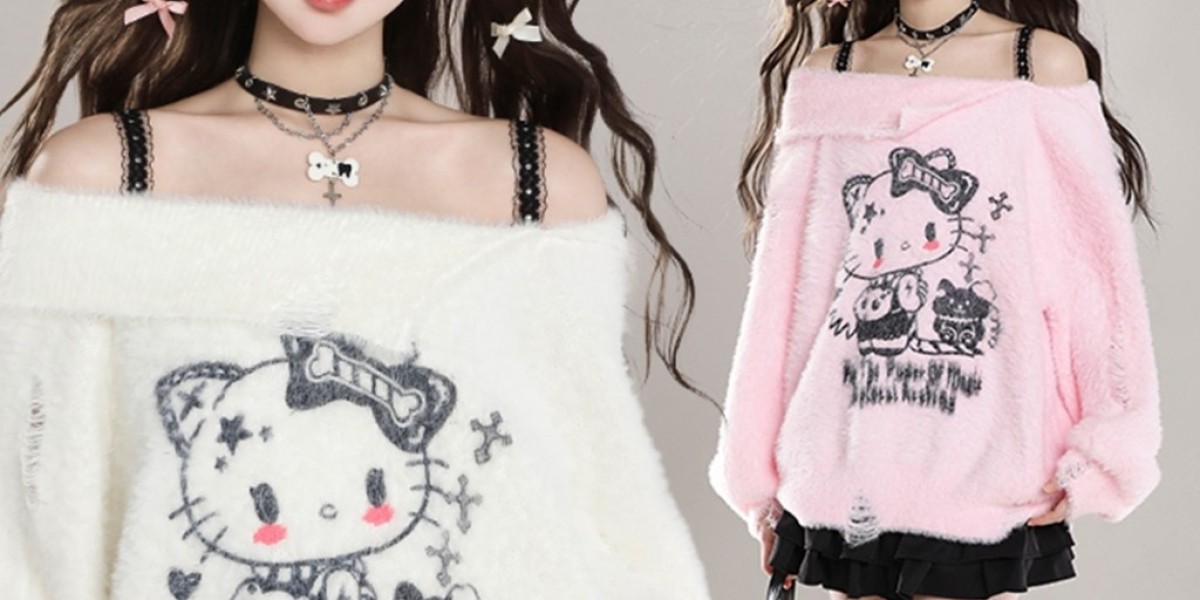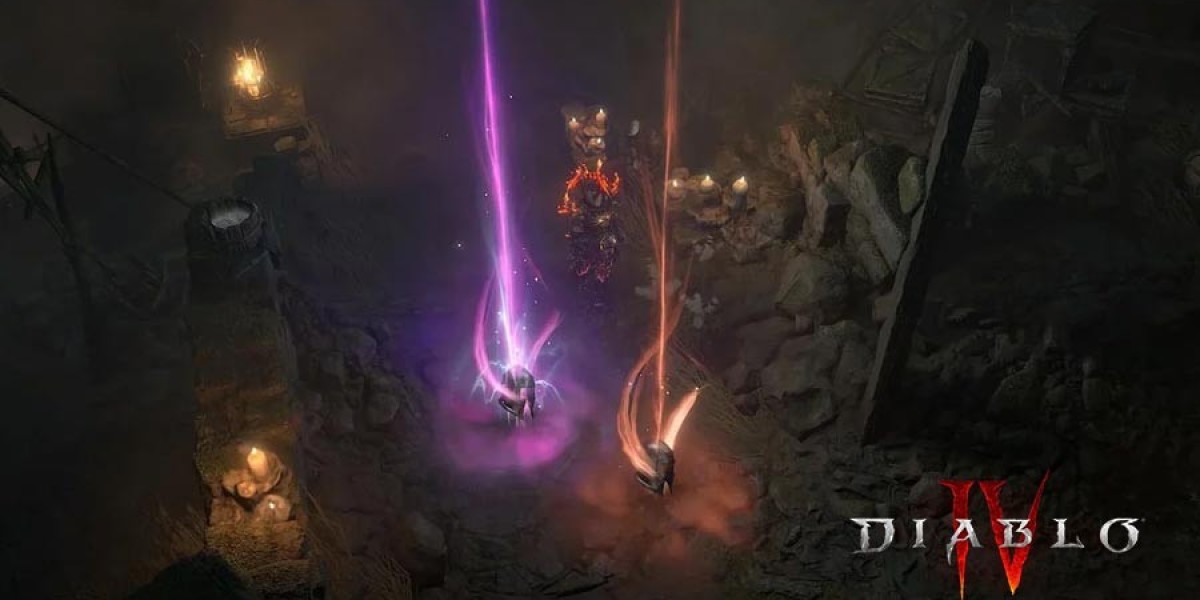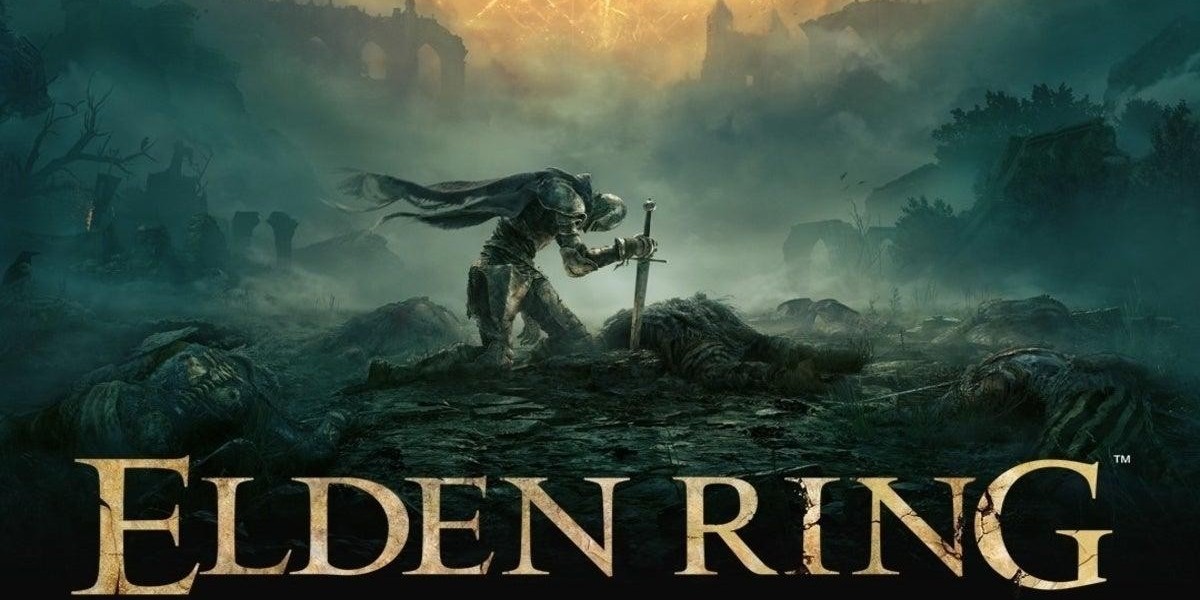Introduction
The rise of the kawaii aesthetic in trend has gained significant recognition in recent times, significantly amongst younger adults. The time period "kawaii" originates from Japanese culture and interprets to "cute" or "adorable." With its emphasis on pastel colors, oversized accessories, and playful patterns, kawaii fashion has develop into a outstanding pattern in road type and on social media platforms like Instagram and TikTok. This text will delve into the origins of the kawaii aesthetic, its key traits, and how it has influenced modern fashion traits.
Origins of the Kawaii Aesthetic
The kawaii aesthetic emerged in Japan within the 1970s as a means to precise cuteness and innocence in on a regular basis life. This concept was popularized by the "kawaii tradition" movement, which sought to promote a more youthful and playful approach to fashion and life-style. One of the important thing influencers of the kawaii aesthetic was the Japanese artist Takashi Murakami, identified for his colorful and whimsical art fashion that always featured characters inspired by anime and manga. As kawaii tradition spread past Japan, it started to affect vogue trends world wide.
Key Traits of Kawaii Fashion
Kawaii style is characterized by its emphasis on cute and whimsical components, corresponding to pastel colors, oversized bows, and cartoon characters. In style motifs in kawaii trend include unicorns, kitties, and rainbows, which are often featured in prints and equipment. Additionally, kawaii outfita trend typically incorporates components of fantasy and escapism, with designs inspired by fairy tales and magical creatures.
One of the defining features of kawaii vogue is the concept of "Lolita fashion," which originated in Japan within the 1990s. Lolita style is characterized by its Victorian-impressed silhouettes, equivalent to petticoat skirts, ruffled blouses, and lace-up corsets. The type is usually accessorized with bows, ribbons, and parasols, creating a look that is both elegant and cute. Lolita vogue has since developed into numerous subcategories, including sweet Lolita, gothic Lolita, and traditional Lolita, each with its distinctive aesthetic.
Along with Lolita vogue, kawaii style additionally encompasses other styles, resembling fairy kei, decora, and pop kei. Fairy kei is known for its pastel colour palette, nostalgic prints, and vintage-impressed accessories, making a dreamy and whimsical look. Decora trend is characterized by its daring and eclectic mix of colorful accessories, reminiscent of hair clips, stickers, and charms, making a enjoyable and playful aesthetic. Pop kei, on the other hand, options vibrant colors, loud patterns, and oversized silhouettes, making a bold and eye-catching model.
The Affect of Kawaii Fashion on Trendy Developments
The kawaii aesthetic has had a significant affect on fashionable vogue developments, influencing designers, influencers, and consumers alike. Many vogue designers have integrated components of kawaii trend into their collections, resembling Moschino, Gucci, and Marc Jacobs, who've featured playful motifs and whimsical prints of their designs. Moreover, kawaii style has been embraced by influencers and celebrities, who often incorporate kawaii-impressed items into their street type appears to be like.
Social media platforms like Instagram and TikTok have additionally performed a significant role within the rise of kawaii style, allowing customers to share and discover new traits and styles. On Instagram, hashtags like #kawaiifashion and #kawaiistyle have 1000's of posts showcasing kawaii-impressed outfits and equipment. On TikTok, customers create brief movies showcasing their kawaii fashion hauls, DIY tasks, and outfit ideas, further spreading the kawaii aesthetic to a wider viewers.
Conclusion
The kawaii aesthetic has grow to be a outstanding pattern in style, with its emphasis on cuteness, whimsy, and playfulness resonating with customers all over the world. From its origins in Japan to its affect on modern trends, kawaii style continues to inspire designers, influencers, and customers alike. Because the kawaii aesthetic continues to evolve and adapt, it will be attention-grabbing to see how it shapes the way forward for fashion and influences new types and trends.








